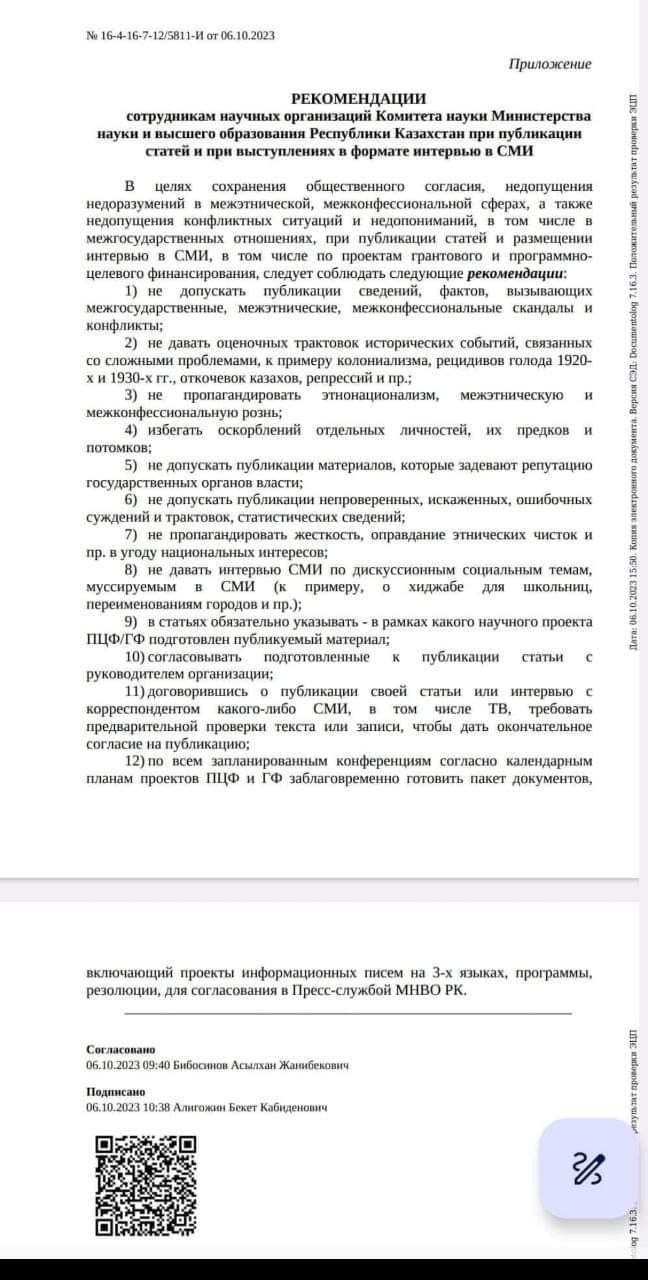DEVELOPMENT OF CITIES IN CENTRAL ASIA AND INTERNATIONAL TRADE ON THE SILK ROAD
DOI:
https://doi.org/10.54251/2522-4026.2025.6.25qazKeywords:
route, continent, trade, exchange, values, progress, century, globalization, highways, main roadAbstract
The article provides a detailed description of the role and influence of the Great Silk Road, which played a key role in the development of Central Asian cities, becoming an important trade artery connecting the East and the West. It facilitated the exchange of goods, cultures, ideas and technologies, which significantly influenced the economic and cultural growth of cities. Cities such as Samarkand, Bukhara, Tashkent, Merv and others are described, which flourished due to their strategic location on caravan routes. However, over time, due to changes in trade routes, wars and political transformations, many of these cities declined or lost their former significance. Particular attention is paid to the fate of the cities during the reign of Amir Temur,
whose policies further strengthened and expanded them. Since the caravan routes connected in the capital of the state, Samarkand, which became the crossroads of Asia, the heart of the continent. The Silk Road not only facilitated flourishing trade, but also became an important factor in the spread of knowledge, art and religion, leaving an indelible mark on the history of the region.


